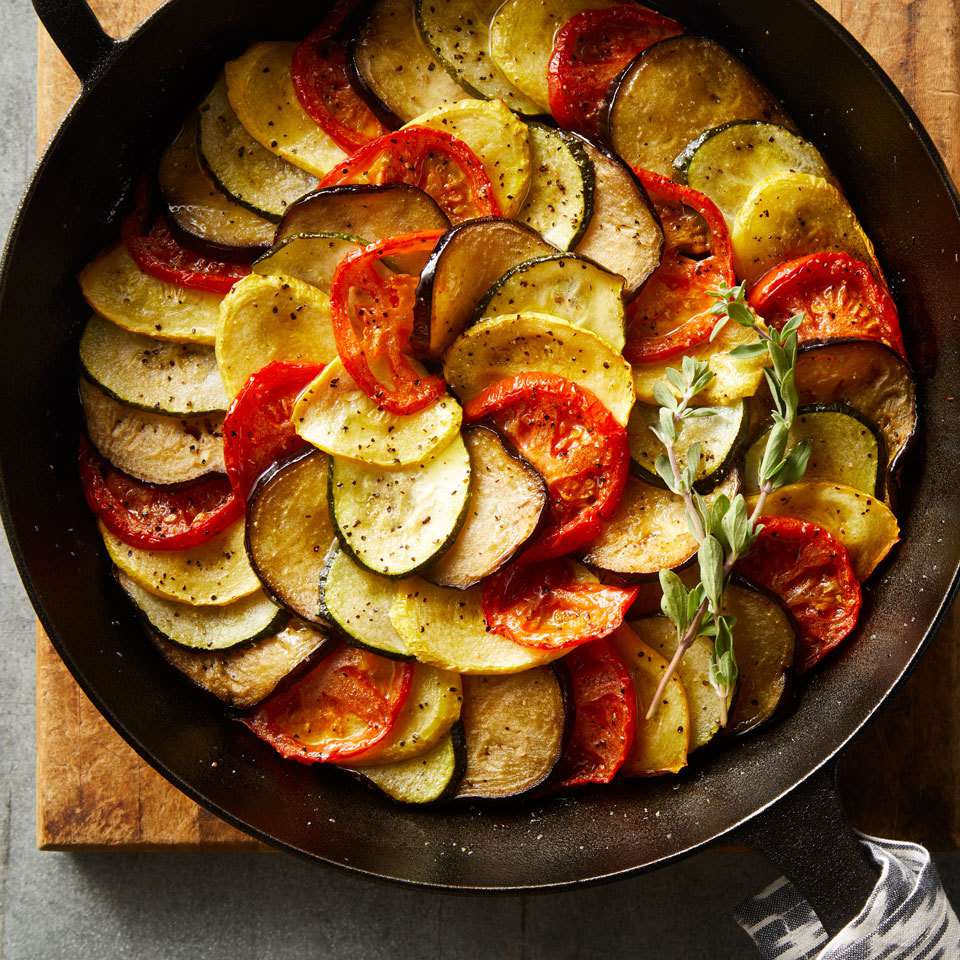
French cuisine is often regarded as the pinnacle of culinary artistry. With its rich flavours, elegant presentation, and mastery of techniques, French cooking has inspired chefs and food lovers worldwide. But here’s the secret: while French cuisine can seem intimidating, it’s surprisingly approachable when broken down into its core principles and techniques.
Ready to uncover the magic of French cooking? Let’s demystify it and dive into its timeless techniques and iconic dishes.
Why is French Cuisine So Renowned?
French cuisine isn’t just about food; it’s about tradition, artistry, and savouring life’s pleasures. Its focus on fresh, high-quality ingredients and attention to detail has set the standard for culinary excellence.
But here’s a question: What comes to mind when you hear “French cuisine”? Is it the buttery croissants? A comforting bowl of onion soup? Or perhaps the decadent richness of a chocolate soufflé? Whatever your answer, it’s a small piece of a much larger gastronomic puzzle.
The Foundation: Essential French Techniques
Before we jump into cooking, let’s explore the techniques that define French cuisine. Once you master these, you’ll have the tools to tackle almost any French recipe.
Mise en place is the cornerstone of French cooking. It means preparing and organising all your ingredients before you start cooking. This technique ensures smooth execution and helps you focus on the dish’s artistry.
Tip: Try mise en place the next time you cook! Chop your vegetables, measure your spices, and prep your proteins before turning on the stove. Notice how stress-free cooking becomes.
French cuisine is famous for its sauces, many of which come from the five “mother sauces”:
Challenge: Try making béchamel sauce at home. Use it as the base for macaroni and cheese, or layer it in lasagna.
This technique involves cooking meat or vegetables slowly in liquid, resulting in tender, flavorful dishes. French classics like Coq au Vin and Boeuf Bourguignon rely on braising.
Chef Abdul’s Tip: “Braising is all about patience. Let the flavours develop slowly—you can’t rush perfection!”
French cooking often involves blending ingredients that don’t naturally mix, like oil and vinegar. Hollandaise sauce and vinaigrettes are perfect examples.
In Moment: Whisk together a simple vinaigrette (3 parts oil, 1 part vinegar) and add a touch of Dijon mustard. Taste the transformation—simple yet elegant!
Iconic French Dishes You Can Master
Now that you’re armed with techniques let’s explore some iconic French dishes you can recreate at home. Don’t worry—they’re easier than you think!
This colourful Provençal dish combines eggplant, zucchini, bell peppers, and tomatoes. It celebrates fresh, simple ingredients.
Quick Recipe:
Twist: As you layer the vegetables, consider how their colours and textures complement one another. Cooking is an art, after all!
Nothing beats the comfort of caramelised onions in rich lamb broth topped with melted Gruyère cheese.
Chef Abdul’s Insight: “Take your time caramelising the onions—it’s where all the flavour comes from. They should be deep golden brown, not rushed.”
This classic dish braises chicken with red wine, mushrooms, onions, and bacon for a rich, hearty meal. Serve it with crusty bread to soak up the sauce.
Whether sweet or savoury, crêpes are a versatile delight. Fill them with Nutella, fresh berries, or ham and cheese.
Idea: Host a crêpe party! Please set up a toppings station and let your guests create their French masterpieces.
French Desserts: A Sweet Finale
No French meal is complete without dessert. Here are two classics to sweeten your culinary adventure:
This airy dessert is surprisingly easy to make. The key is beating the egg whites until stiff peaks form, then folding them gently into the chocolate mixture.
Challenge: Try baking a soufflé. Watch it rise in the oven and serve it immediately for the ultimate wow factor.
This creamy custard with a caramelised sugar crust is the epitome of elegance. The fun part? Cracking the sugar top with your spoon!
Tip: If you don’t have a kitchen torch, pop the ramekins under the broiler to achieve that golden crust.
Bringing French Cuisine to Your Table
French cooking isn’t about perfection—passion, care, and enjoying the process. Here’s how you can embrace it in your kitchen:
“French cuisine is like a symphony—it’s all about balance, harmony, and beauty. Don’t be afraid to try it. Cooking French food at home is easier than you think and will transform how you see food.”
So, what will you try first? A rich Coq au Vin? A delicate soufflé? Whatever you choose, remember: French cuisine is about enjoying the journey as much as the destination. Bon appétit!
Chef Abdul © Copyright 2024. All rights reserved.